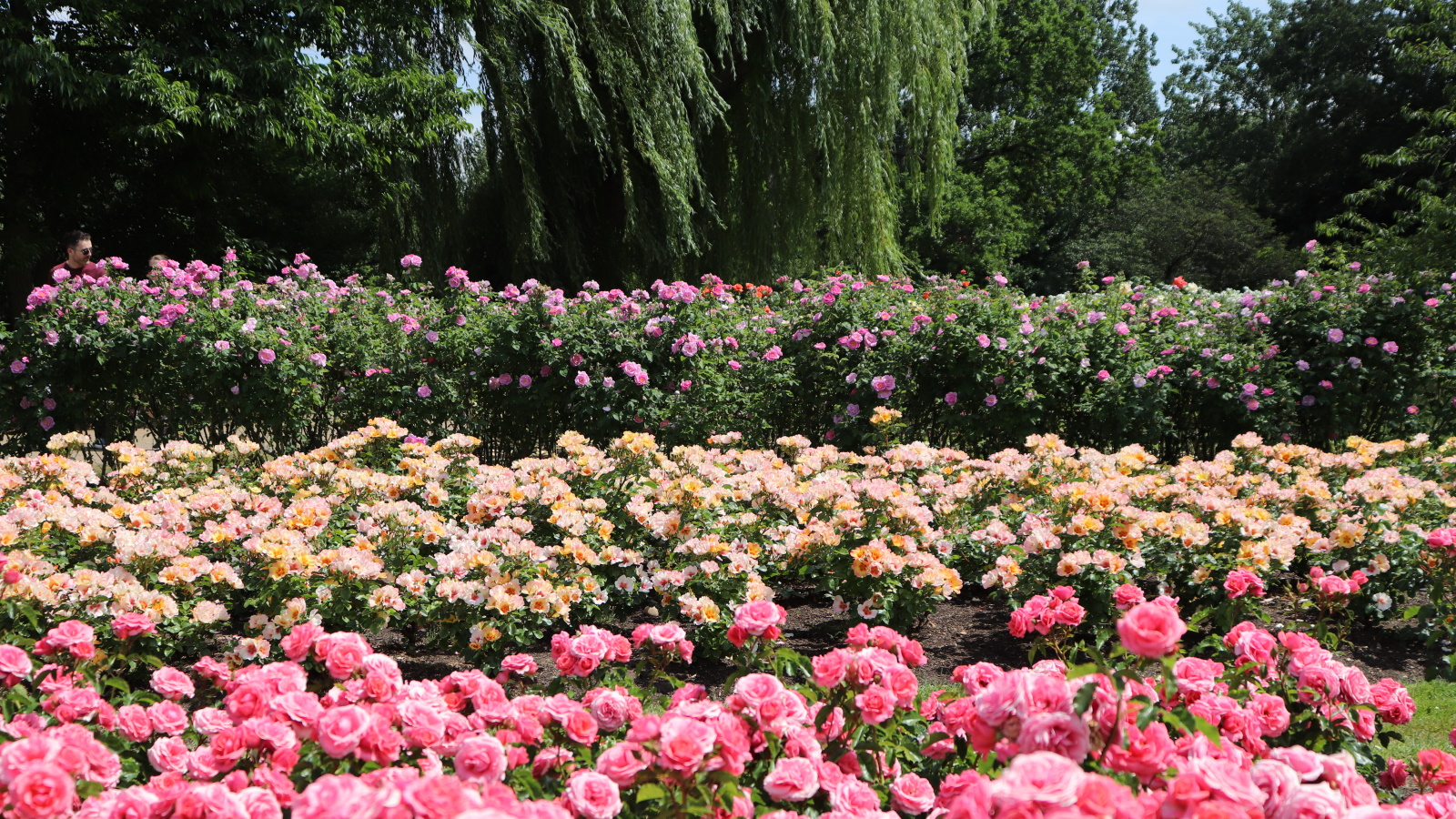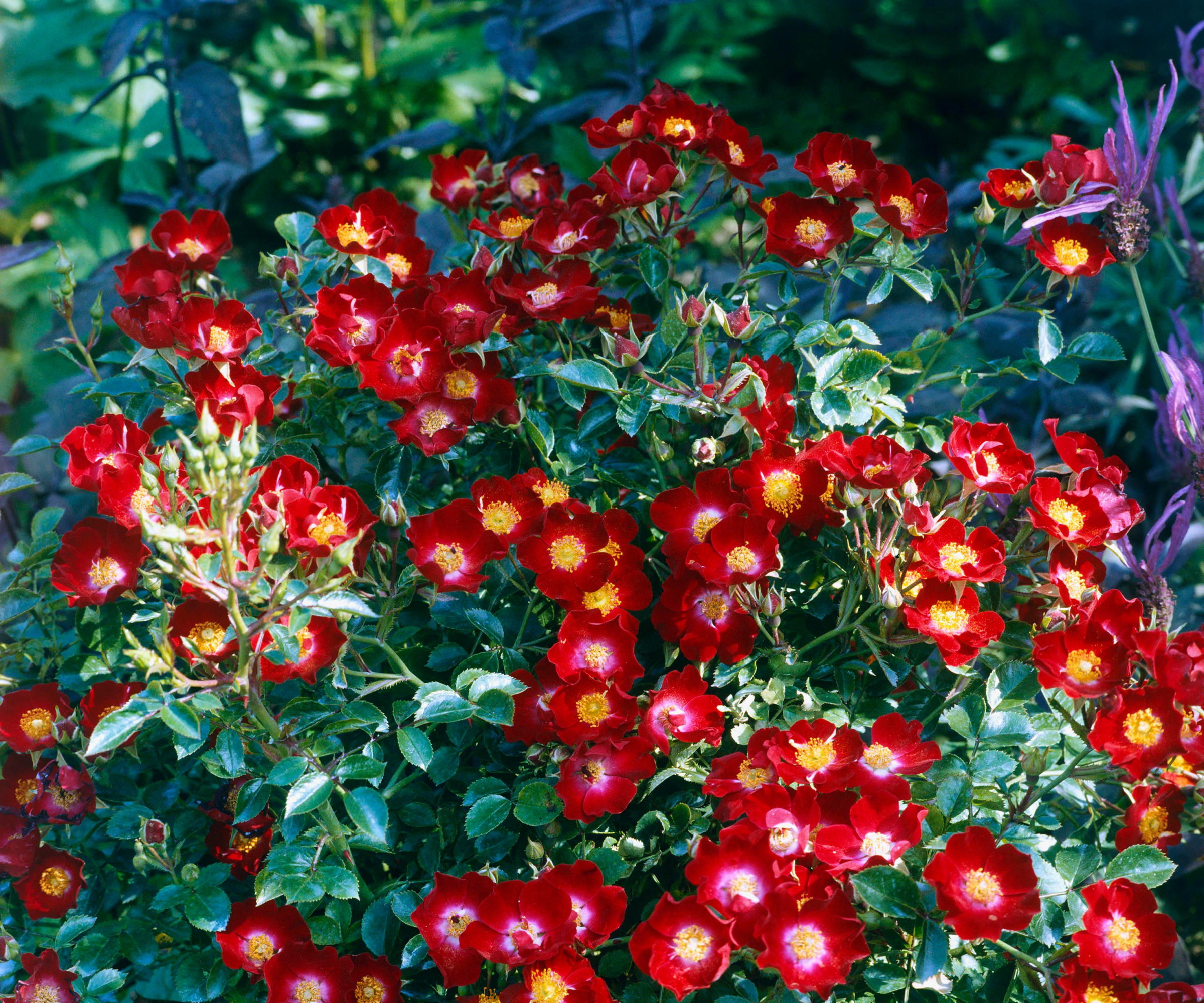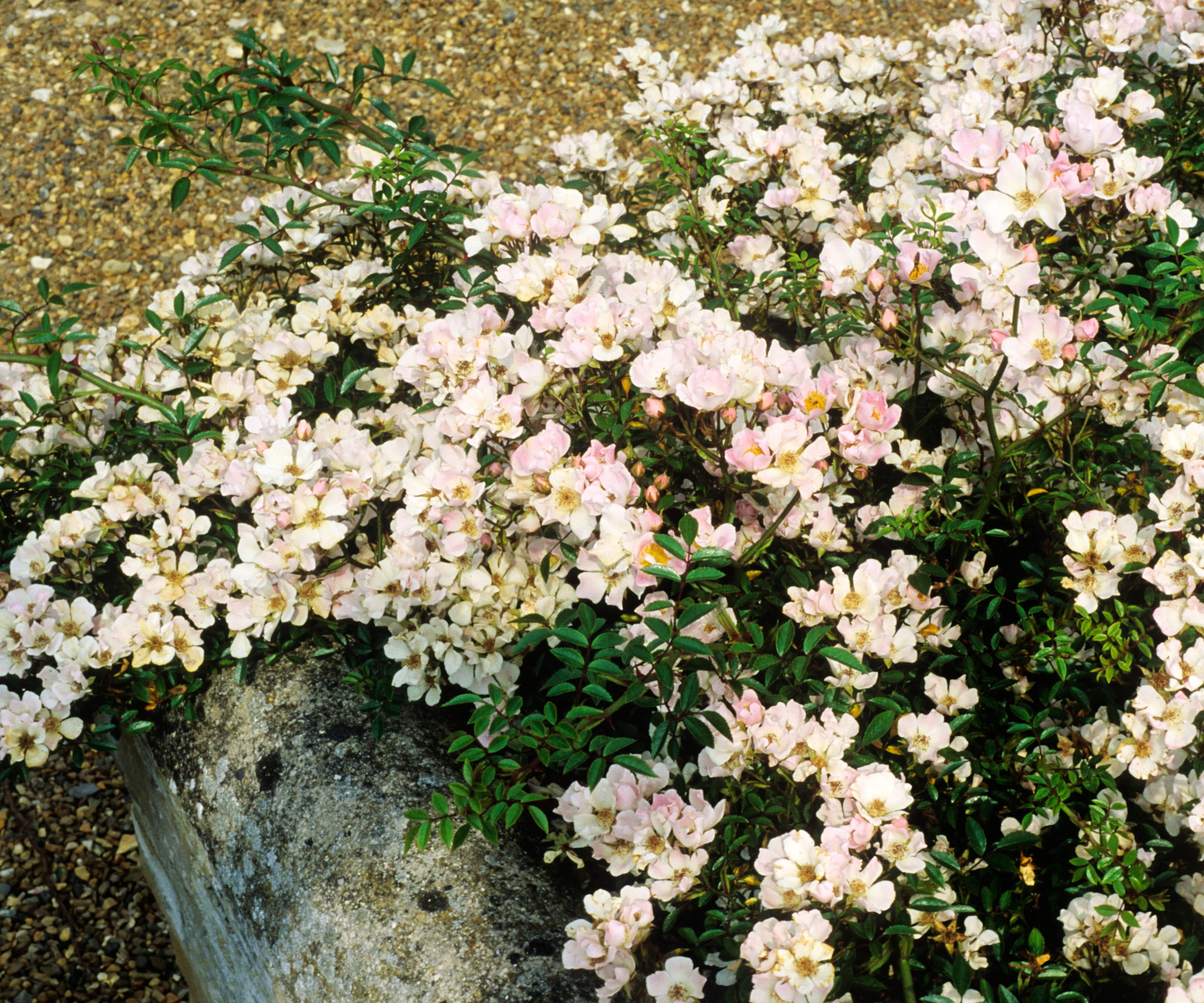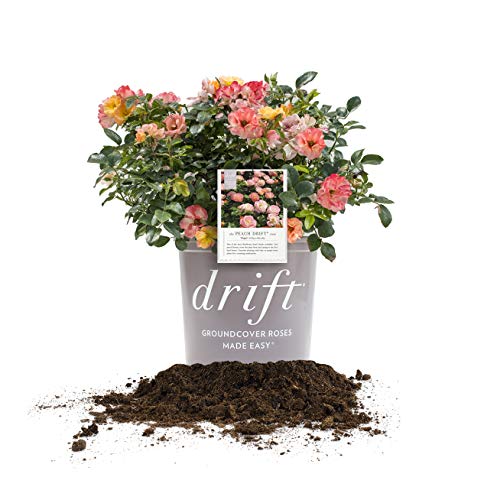How to grow ground cover roses – expert advice for abundant low-growing flowers
Ground cover roses are an unusual but easy way to add greenery to the yard


There are many different types of roses, all of them beautiful. Traditional shrub roses, for example, are renowned for bushy growth, filling garden borders with old-fashioned, fragrant flowers. Climbing roses are another option, prized for filling exterior walls and garden fences with brilliant blooms, often reaching great heights. Whatever the shape, size or aspect of your yard, you can find a rose to suit your needs.
Ground cover roses are less well-known than other rose types, but can prove just as impactful and useful when landscaping a yard. Often labeled as procumbent roses, ground cover roses will grow outwards as opposed to upwards, helping to cover the soil in borders and beds.
One of my favorite varieties that I have previously grown in a garden in London is Rosa 'Suffolk', with single flowers that each have five red petals and yellow centers, as can be seen in the image below. This low-growing rose will only reach 1 to 2 feet tall but will form an attractive and impressive ground cover when planted in groups. So, if you are looking for some of the best ground cover plants to grow this year, why not consider roses?

How to grow ground cover roses
Low-growing and low-maintenance, ground cover roses are a versatile option for those with small gardens or large backyards. These plants thrive in open and sunny yards, and will quickly form a dense carpet. So, if you are looking for colorful full-sun ground cover plants, romantic roses might be the plant to grow.
Things to know about ground cover roses

'Ground cover roses are known for their low-growing stature, reaching only about 1 to 2 feet in height,' says garden expert Katie Sunderlage. 'These roses tend to be prolific bloomers, often producing masses of blooms throughout the summer months.'
'Most varieties of ground cover roses are hardy,' Katie continues, 'growing happily in US hardiness zones 5 to US hardiness zone 10, making them perfect for a wide range of climates.'
When considering rose care and growing for ground cover varieties, open and sunny sites will produce the best results, but these plants can be grown in containers for gardeners with smaller plots.
Design expertise in your inbox – from inspiring decorating ideas and beautiful celebrity homes to practical gardening advice and shopping round-ups.
'With a low-growing habit, ground cover roses are ideal as a border plant or for edging paths,' Katie says. 'These roses are available in a wide range of colors, making it easy to add vibrant shades to any landscape.' What's more, these are excellent ground cover plants to stop weeds.
Ground cover roses are available to order online from Amazon.

Operations Manager at Holland Group, managing the customer service department and purchasing. Katie has been in the green industry since 2005 in the Greater Milwaukee area, earning her degree in Horticulture in 2008. She has been able to share her love for plants working in multiple garden centers, in sales positions and most recently in an online retail platform at Holland Group.
How to grow ground cover roses

- Light: 'Ground cover roses prefer full sun,' says Katie. 'The more sun, the more blooms.' While they can be grown in partial shade, they will not tend to grow as quickly or produce as many flowers. 'In southern zones, however, partial shade can be a good option,' Katie advises, 'helping your plants to avoid leaf scorch and dehydration.'
- Soil: Like all roses, 'ground cover varieties thrive in well-draining, nutrient-rich soil,' Katie continues. If your soil is compact or devoid of nutrients, it is a good idea to regularly apply soil and mulch to improve soil health and the quality of your borders. Organic mulch is available from Amazon.
- Watering: Knowing how to water roses is important, particularly when they are newly planted. 'I always recommend watering new plants thoroughly to help them establish,' Katie says. 'To avoid burning the leaves in the hot sun, I suggest watering at the soil level to prevent damaging the leaves.'
- Fertilizing: Once established, ground cover roses will not require much fertilization, although an annual application of a slow-release rose feed can help to encourage blooming. Always follow the instructions on the packaging, diluting any fertilizer as necessary.
- Pruning and deadheading: 'One great attribute of ground cover roses is they do not need continued deadheading to continue blooming throughout the summer months,' Katie says. 'I would advise pruning in the late winter months, typically around February or March, cutting around 1/3 of growth back.' Doing so will help to create a dense growing habit and encourage more blooms.
Best ground cover roses to grow

'There are so many great choices for ground cover roses,' says Robin Jennings, rose expert and Manager of Strategic Partnerships at Heirloom Roses.
Robin recommends 'The Fawn' and 'Peach Drift' - the latter is seen in the image above - as two ground cover roses that are low-growing, abundant in blooms and resilient. 'Both of these beautiful roses produce significant numbers of summer blooms while keeping low to the ground, growing no more than 2 to 3 feet high.'
'These roses don't require any special soil,' Robin adds, 'but they grow best with plenty of sunshine, thriving in borders that enjoy 6 to 8 hours of direct sun.'

Robin Jennings, a city girl from Canada, discovered her passion for gardening in the farmland of Oregon's Willamette Valley. Robin works for Heirloom Roses, where she collaborates with hybridizers to promote the beauty of own-root roses and preserve older varieties.
FAQs
Can I grow ground cover roses in a container?
Yes, ground cover roses can be grown in pots. However, as their roots will be restricted, plants placed in pots will not grow to their full potential, although this is still a good option for gardeners with smaller yards. As with any pot-grown plants, be sure to water and feed your roses in the warmer months of the year.
Growing ground cover roses is an ideal way to add floral interest to challenging spots in the yard. These versatile and resilient plants will add color to your borders in no time at all. For more rose care and growing advice, see our guide on how to water roses, to keep your plants thriving this year, or for darker yards, read up on whether roses can grow in the shade.

Thomas is a Content Editor within the Gardens Team at Homes and Gardens. He has worked as a professional gardener for both public spaces and private estates, specializing in productive gardening, growing food and flowers. Trained in Horticulture at the Garden Museum, he has written on gardening and garden history for various publications, including The English Garden, Gardens Illustrated, Hortus, The London Gardener and Bloom. He has co-authored a Lonely Planet travel book, The Tree Atlas, due out in 2024.

